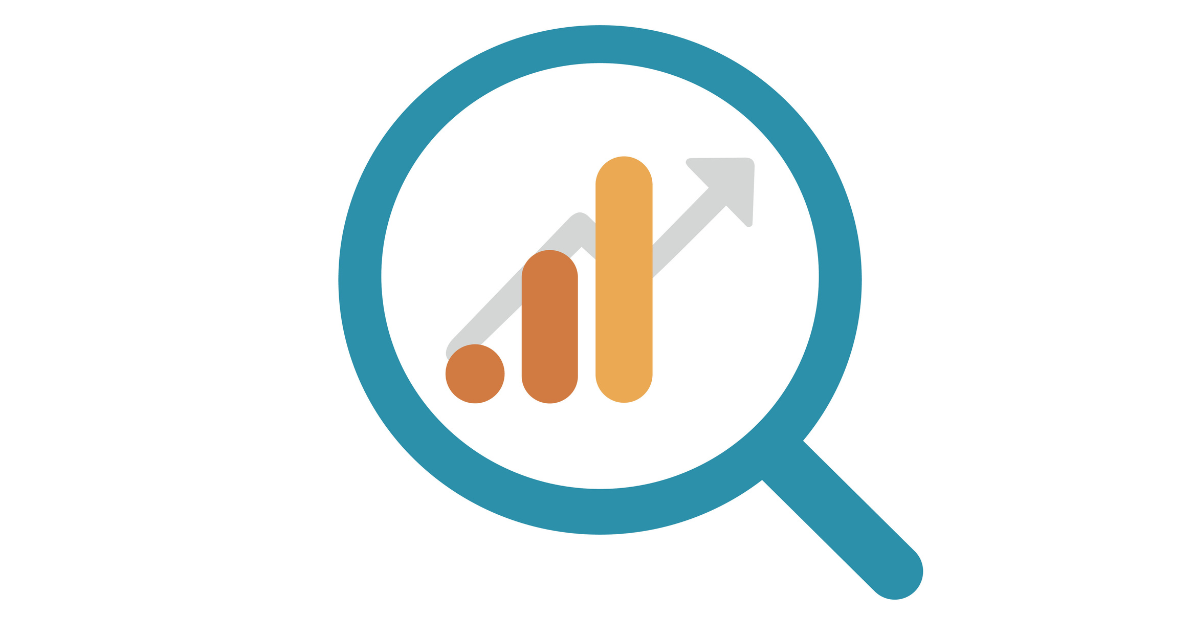Analytics is a whole other ball game when it comes to marketing. It could function as its own department with the amount of work that goes into it. However, at the same time, analytics makes the most sense when it works in conjunction with the areas where the data is being collected. What does this mean for marketing teams? It’s best to have an overall game plan for tackling analytics and to have smart integrations in place to help you work more efficiently. To do so, we’re going to recap some of our useful 2022 blog posts that touched on these topics.
Prioritize Data Fluidity
One of the first concerns we’d recommend reviewing is data. Data is an integral part of any strategy or campaign. It helps us analyze how we’re doing and plan for the future. How we handle this data is extremely important and while many may think of ways to secure this, it’s also important to take into consideration how it is shared.
This is why data fluidity is a strategy to implement that ensures data flows freely throughout an organization. This makes it easily accessible to those who need it as well as ensuring whatever data that’s being accessed is up to date and relevant.
To tackle this, we’d suggest starting with a fully integrated MarTech stack that accounts for the varying needs of your organization. This includes everything from a robust CRM system to a marketing automation platform to a transparent data visualization and reporting base. We cover a whole list of useful technologies to set up in our blog post, What is Data Fluidity and What Does It Mean for Your Business? Remember to do your research when it comes to choosing a host for each of these systems because you’ll need them all to come together to maximize the success of your marketing campaigns.
Holiday Season and Year-Round Goal Setting
Once the data story is all squared away, you’re going to be able to do some really cool things. We made sure to cover this pretty early on to get ahead of the holiday season in our blog post, Setting and Achieving Goals for the Holiday Season. While we planned this with the current season in mind, many of the points we mentioned could be considered for any hectic periods throughout the year.
We’ll simplify it for you. When it comes to managing busy seasons for your industry, it’s always important to set an objective. There’s also an easy way to align this with your data and analytics. Start your planning with Google Analytics and branch out from there to incorporate your company’s tech stack into your campaigns and strategies.
Learning from the past is never a bad idea. Use your business’ history to your advantage. The data tells it all and if you’ve already gone through to ensure data fluidity throughout the organization, this should be quick to pull insights from. Take the time to understand all levels of previous planning from the budget to the available resources. It’s natural to want to do better each season and the best way to keep track is to leverage what you know.
As you’re moving through your deployed campaigns, analytics continues to play an important role. A great marketer will have intimate knowledge of who and what they’re working with and can pivot to accommodate any changes. And a smart marketer will be able to align all of the technology in their integrated MarTech stack to monitor and automate everything along the way.
Finally, as we all know, marketing campaigns are never a one and done kind of thing. Quality campaigns can drive success for months and one of the best ways to prolong and replicate this is to have careful collection and management of the data behind these campaigns.
While you’re setting up the technology, you’ll also want to make sure to set up the right people to sit at the helm. These are the people that will know exactly what to do with the information and the best way to tailor your next steps.
Once the tools and the people are in place, develop a thorough understanding of your company’s relationship with the data itself. It doesn’t all come down to making sure your systems speak to each other and share data. It is also about understanding how the data moves through the organization while noting areas where it may fall susceptible to the fluid nature of data. All this means that careful implementation and strategic management are required to make it work well.
What’s Next?
There’s a saying that the past informs the present which then affects the future. This could not be truer when it comes to analytics. Tie it all together with an efficient and transparent way to share this information across the organization and you have an effective method for future strategizing. While numbers may change, it’s always useful to have a good understanding of and relationship with your business’ analytics.
We’re excited to continue discussing these topics and sharing tips on this next year. In the meantime, reach out to expert@emfluence.com if you’re needing personalized input!



